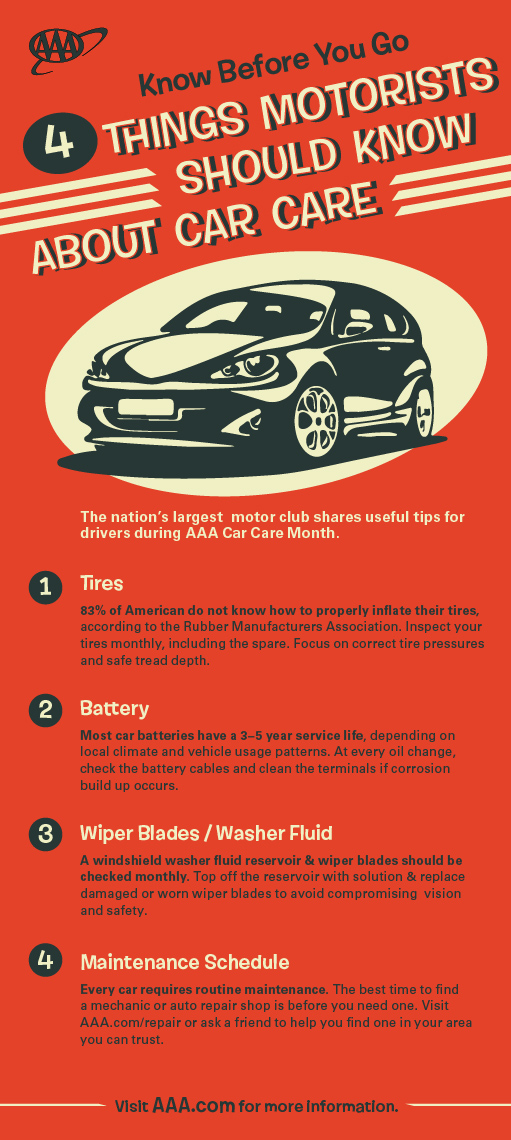Analyzing Your Automobile'S Warning Indicators: What They Really Share
Analyzing Your Automobile'S Warning Indicators: What They Really Share
Blog Article
Material Created By-Higgins Winters
When you're behind the wheel, those glowing warning lights on your control panel can be a little bit perplexing. Do you know what they're trying to tell you concerning your cars and truck's health? Comprehending the significance of these lights is vital for your security and the longevity of your car. So, the following time among those lights turns up, wouldn't you intend to decipher its message properly and take the needed actions to resolve it?
Common Warning Lights and Interpretations
Identify typical warning lights in your vehicle and recognize their definitions to ensure risk-free driving.
https://www.fool.com/investing/2022/03/26/this-dividend-king-hiked-its-dividend-should-you-b/ of the most regular caution lights consist of the check engine light, which signals concerns with the engine or emissions system. If this light begins, it's vital to have your lorry examined promptly.
The oil pressure cautioning light shows reduced oil stress, requiring immediate focus to avoid engine damage.
A blinking battery light may suggest a defective billing system, possibly leaving you stranded if not dealt with.
The tire stress monitoring system (TPMS) light notifies you to low tire stress, impacting automobile security and fuel effectiveness. Overlooking this could bring about dangerous driving conditions.
The abdominal muscle light shows a trouble with the anti-lock stopping system, compromising your ability to stop rapidly in emergencies.
Lastly, the coolant temperature warning light warns of engine overheating, which can result in extreme damages if not fixed promptly.
Comprehending these typical caution lights will assist you attend to concerns promptly and keep secure driving problems.
Relevance of Prompt Focus
Recognizing the usual caution lights in your vehicle is just the very first step; the value of immediately dealing with these warnings can not be stressed enough to guarantee your security on the road.
When a caution light illuminates on your dashboard, it's your car's means of communicating a possible concern that needs interest. Disregarding these warnings can result in extra severe issues down the road, compromising your security and potentially costing you more out of commission.
Prompt interest to alerting lights can avoid malfunctions and accidents. For example, a flashing check engine light can indicate a misfire that, if left ignored, might trigger damage to the catalytic converter. Resolving this immediately can save you from an expensive repair.
Likewise, a brake system advising light may signify reduced brake liquid or worn brake pads, vital components for your safety when driving.
Do It Yourself Troubleshooting Tips
If you notice a warning light on your control panel, there are a few DIY troubleshooting suggestions you can try prior to seeking expert help.
The very first step is to consult your vehicle's guidebook to recognize what the specific caution light suggests. In some cases the issue can be as easy as a loose gas cap triggering the check engine light. Tightening the gas cap might resolve the problem.
https://car-brakes-near-me17384.snack-blog.com/30215819/uncovering-regional-gems-an-overview-to-exceptional-auto-repair-shops-in-your-environments is a low battery, which can set off numerous cautioning lights. Checking the battery links for corrosion and ensuring they're safe and secure might fix the issue.
If a caution light continues, you can attempt resetting it by detaching the vehicle's battery for a few minutes and after that reconnecting it. Furthermore, checking your automobile's liquid levels, such as oil, coolant, and brake liquid, can aid repair cautioning lights connected to these systems.
Final thought
In conclusion, understanding your auto's caution lights is vital for maintaining your vehicle running efficiently and safely. By without delay dealing with these notifies and understanding what they mean, you can stay clear of costly repair services and possible failures.
Remember to consult your vehicle's handbook for certain details on each alerting light and act accordingly to ensure a hassle-free driving experience.
Keep informed, remain secure on the road!
